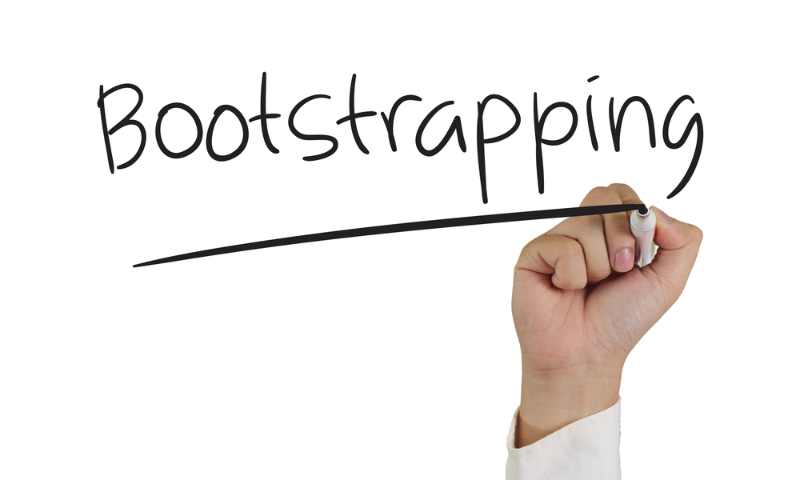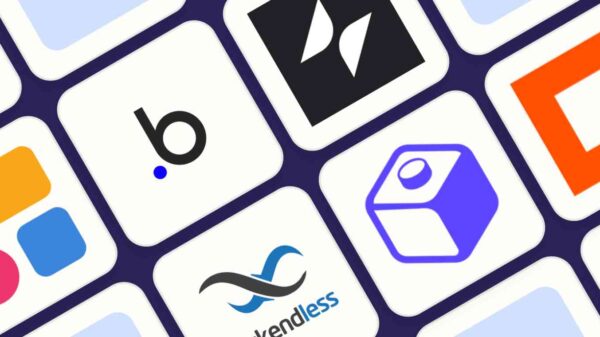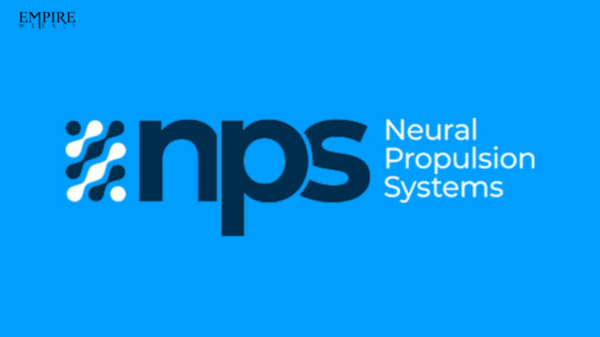Definition
When you start a new business or company, you require funds to operate it but it’s impractical to expect huge investments from outside for it. That’s where bootstrapping steps in. Bootstrapping is the process of establishing a business from scratch using personal savings only. It can also include cash from first sales or good fortune but no outside investments.

In the field of statistics and data science, bootstrapping also refers to a research method used to estimate some demographics of a population by sampling a set of data.
Now, let us understand what bootstrapping actually means in different fields.
Bootstrapping in statistics and data science
Bootstrapping is a resampling process of a single dataset for the creation of many simulated samples through the statistical procedure. It aids in calculating standard errors, constructs confidence intervals, does hypothesis testing for different types of samples. It’s easier to comprehend and is valid for other conditions. In the field of statistics and data science, bootstrapping appears to be more probable and distinctive.
The research uses the methods of substitution and replacement. For example- to find out the average weight of people, a little section is considered using bootstrap sampling distribution because it’s practically impossible to take each and every person’s measure individually.
Bootstrapping in machine learning
While a model of machine learning is being constructed, it receives information regarding the bootstrapped data and then gets tested on the data that appears to be out of the bag. It is us3d to estimate the skills of machine learning models in making predictions on data that are integrated into training data.
Building a bootstrapping sample
As discussed, bootstrapping considers the estimation of quantities by taking average estimates of small data samples. Hence, it’s very important to choose the right sample.
The building of a sample includes –
- Choosing the sample size
- If the sample size is less than the chosen size
- Randomly choose an observation from the data provided
- Include the information in the sample
Since repetition of sampling is done to ensure the most appropriate results before calculating the final average, the following steps are performed –
- Choosing several samples
- Selecting a sample size
- For each sample, draw replacement samples with chosen size
- Calculation of statistics on the sample
- Calculation of its mean
Bootstrapping in finance
In finance, it refers to paying more and earlier in time for anything to keep a low overhead. Following techniques can be applied for the same –
- To keep low leasehold payments, a workspace of less cost can be preferred for employees in the beginning rather than taking a lease of space.
- Avoid decorating the workspace with huge costing furniture and equipment, the necessary ones can be brought second hand or leased.
- Focus on building relationships of exchange with other firms so that when in need, goods and services can be procured by them.
- Whenever you’re offered a discount on bulk payment on time, make sure to be punctual enough to set it off in time.
- Factoring should be avoided unless necessary.
Bootstrapping in marketing
Bootstrapping Is used in marketing almost every single day to promote products and services by saving money. Here are a few ways of doing that –
- Attract more customers by providing some specimens of products or services free of cost.
- Add more discounts, rewards, and offers with services or products to catch customers’ attention.
- Engage in receiving feedback from customers and use positive testimonials on other materials of marketing.
- Engage in receiving feedback from customers and use positive testimonials on other materials of marketing.
- Initially, try pairing with other companies or firms to promote your target.
- Attend industry trade shows as a lot of customers can be found there. If not as an exhibitor, attend it as a guest and interact with customers.
Pros and cons of bootstrapping
Everything has its own advantages and disadvantages, let’s look at the same for the bootstrap methodology.
Pros
- The owner of the bootstrapped company would have complete control over the company and cannot be influenced by the outside markets or investors.
- Since money is dealt with efficiently, it creates an excellent and smart expenditure habit.
- Since the company depends on existing sources of money to fund itself, the inclination towards loan applications is lessened.
Cons
- In case the demand for the products or services rises while procuring inventories for selling, the growth of the company may experience some adverse situations.
- Since the owner doesn’t rely on anyone to lessen the financial burden and boost the company’s growth, it can set up a huge financial risk for the company.
Examples of bootstrapping
Here are a few companies that followed the bootstrapping models of business and proved to be successful.
Spanx
Found by Sarah Blakely, it’s a slimming undergarments company. She started it with $5000 of her savings in 2000. To save the legal fees, she filed her patent application. Then, she secured a place in Forbes’ first list of richest self-made women, 2016. She still owns 100% of the company with her net worth being $1 billion.
Electronic data systems
It was founded by Ross Perot in 1962 with $1000 from his personal savings. The company was a pioneer in information technology management. By 1979, it hired 8000 employees and made an annual revenue of $270 million and was sold to General Motors in 1982 for $2.5 billion.
Bootstrapping is seemingly one of the best methods for entrepreneurs to keep an eye on cash management, expenditure, offers, etc and for data scientists, it infers the best results from sampling.
What do you think about the bootstrap methodology? Do you think it’s a good start for a successful business?





































Pingback: Dubai for Entrepreneurs – Empire Weekly